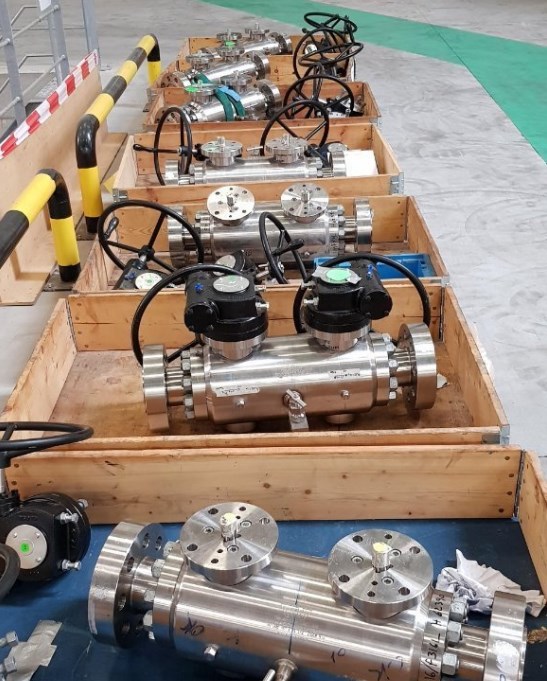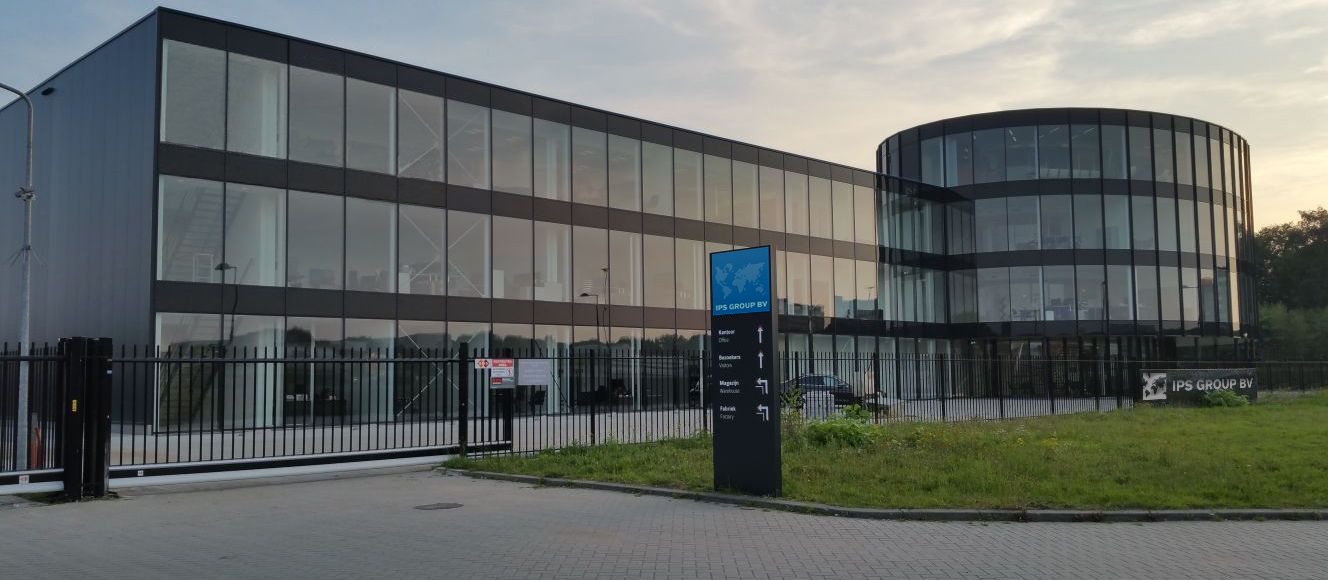
IPS Group communicates on a daily basis with valve manufacturers and distributors here in Europe and other locations around the world. Quoting clients on a wide array of valves – safety relief and industrial from the best known manufacturers such as Crosby, Cameron, Fisher, GE, Dresser, OMB, Parker, Swagelok, SRI, Neway, Stockham, Shipham, Oliver, Sabre, James, Bifold, Alfa, Flowserve, Emerson, Virgo, Thompson, Wandfluh, Duvalco, Groth, Guichon, Versa, Spirax Sarco, Norgren, Velan, Broady, PBV, Starline, Cla-Val and our the brand of our sister company Maverick Valves Netherlands.
Globe Valves
A Globe Valve is a type of valve used for regulating flow in a pipeline, consisting of a movable disk-type element and a stationary ring seat in a generally spherical body. Globe valves are named for their spherical body shape with the two halves of the body being separated by an internal baffle. This has an opening that forms a seat onto which a movable plug can be screwed in to close (or shut) the valve. The plug is also called a disc or disk. In globe valves, the plug is connected to a stem which is operated by screw action using a handwheel in manual valves. Typically, automated globe valves use smooth stems rather than threaded and are opened and closed by an actuator assembly.
Check Valves
Check (non-return) valves are installed in pipelines to allow flow in one direction only; helping to protect equipment and processes. The operation, benefits, applications, and selection of different designs, including lift, disc, swing, and wafer check valves. There are various types of check valves used in a wide variety of applications. Check valves work automatically and most are not controlled by a person or any external control; accordingly, most do not have any valve handle or stem. The bodies (external shells) of most check valves are made of plastic or metal.
Lift Check Valves
Lift check valves are similar in configuration to globe valves, except that the disc or plug is automatically operated. The inlet and outlet ports are separated by a cone-shaped plug that rests on a seat typically metal; in some valves, the plug may be held on its seat using a spring. When the flow into the valve is in the forward direction, the pressure of the fluid lifts the cone off its seat, opening the valve. With reverse flow, the cone returns to its seat and is held in place by the reverse flow pressure.
Swing Check Valves

A swing check valve consists of a flap or disc of the same diameter as the pipe bore, which hangs down in the flow path. With flow in the forward’s direction, the pressure of the fluid forces the disc to hinge upwards, allowing flow through the valve. The reverse flow will cause the disc to shut against the seat and stop the fluid going back down the pipe. In the absence of flow, the weight of the flap is responsible for the closure of the valve; however, in some cases, the closure may be assisted by the use of a weighted lever. As can be seen from the image to the right, the whole mechanism is enclosed within a body, which allows the flap to retract out of the flow path.
Swing check valves produce relatively high resistance to flow in the open position, due to the weight of the disc. In addition, they create turbulence, because the flap ‘floats’ on the fluid stream. This means that there is typically a larger pressure drop across a swing check valve than across other types.
With abrupt changes in flow, the disc can slam against the valve seat, which can cause significant wear of the seat, and generate waterhammer along the pipe system. This can be overcome by fitting a damping mechanism to the disc and by using metal seats to limit the amount of seat wear.
Wafer Check Valves
Both lift and swing check valves tend to be bulky which limits their size and makes them costly. To overcome this, wafer check valves have been developed. By definition, wafer check valves are those that are designed to fit between a set of flanges. This broad definition covers a variety of different designs, including disc check valves and wafer versions of swing or split disc check valves.
Disc Check Valves
The disc check valve consists of four main components: the body, a disc, a spring, and a spring retainer. The disc moves in a plane at right angles to the flow of the fluid, resisted by the spring that is held in place by the retainer. The body is designed to act as an integral centering collar that facilitates installation. Where a ‘zero leakage’ seal is required, a soft seat can be included
Split Disc Check Valves
The split disc check valve or dual plate check valve is designed to overcome the size and pressure drop limitations of the swing and disc type wafer check valves. The flap of the swing check valve is essentially split and hinged down its center, such that the two disc plates will only swing in one direction. The disc plates are held against the seat by a torsion spring mounted on the hinge.
